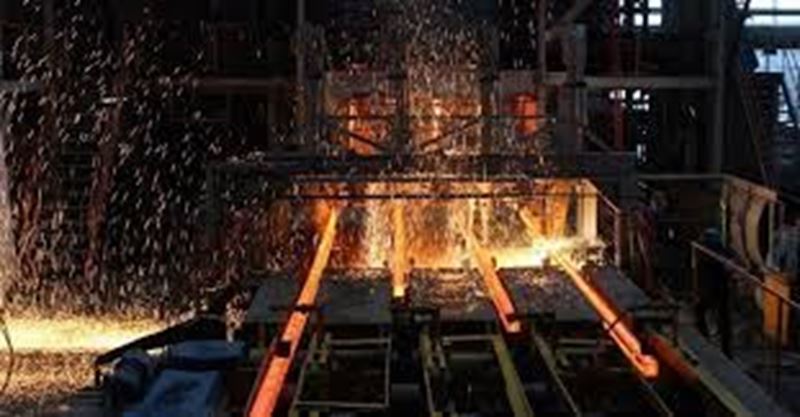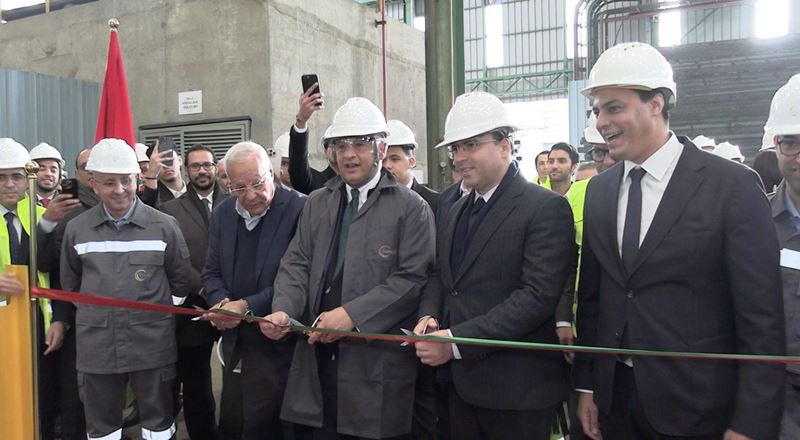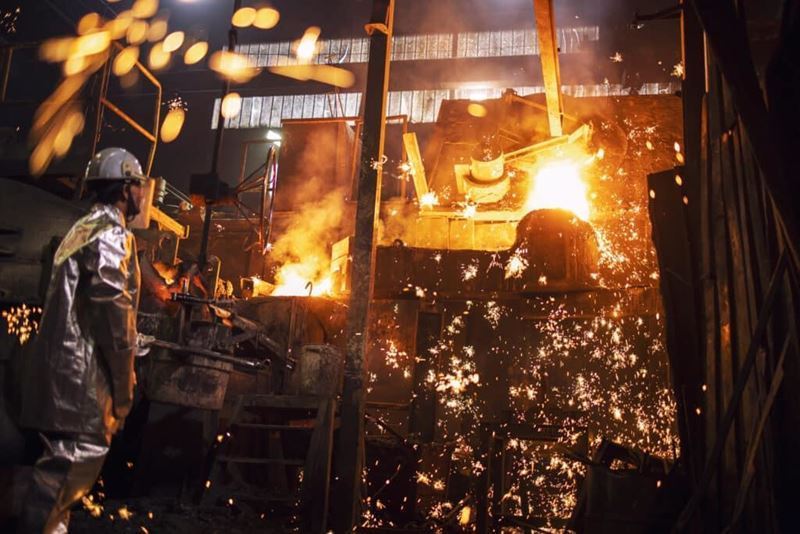The Ministry of Steel of India announced the country’s long-term targets and strategies for the steel sector during the inaugural session of the CII Steel Summit 2025. Secretary Shri Sandeep Poundrik emphasized that the steel industry forms the backbone of the national economy and plays a key role in realizing the “Viksit Bharat” vision.
India’s steel production capacity has nearly doubled over the past decade, rising from around 100 million tonnes to 200 million tonnes. Secretary Poundrik noted that the sector recorded 8.5% growth in the 2024-25 fiscal year, with demand reaching 152 million tonnes. The country aims to achieve a production capacity of 300 million tonnes by 2030–31 and 500 million tonnes by 2047.
Key decisions and priorities highlighted at the summit include:
Hydrogen-Supported Green Steel Production:
The “DRI + Hydrogen” production route has been identified as the main pathway for low-carbon steel production. Hydrogen is expected to become a viable alternative to natural gas within the next 5–10 years, contributing to the reduction of carbon emissions in the sector.
Investment and Rising Demand:
Growing needs in the defense, space, automotive, and energy sectors are increasing demand for high-quality steel products and driving investment opportunities in the industry.
Industry Structure and Self-Reliance:
Around 47% of India’s steel is produced by approximately 2,200 medium and small enterprises. The Ministry plans to increase the use of domestic coking coal to strengthen strategic self-reliance in steelmaking. Quality Control Orders (QCOs) will also prevent the influx of low-quality and cheap steel into the market.
Economic and Social Contribution:
Steel forms the foundation of the construction, transportation, energy, and manufacturing sectors. Each steel plant acts as a catalyst for regional development and employment. The sector’s growth remains closely linked to GDP, with an elasticity of around 1.5, reflecting its integral role in the economy.
Strategic Goals:
The sector is focused on three pillars: strategic investment, self-reliance, and sustainability. With abundant raw materials, skilled labor, and a strong domestic market, India aims to build a globally competitive and independent steel ecosystem.









Comments
No comment yet.